Bannock
Ingredients
- 2 cups (500 mL) flour
- 2 1/2 tsp (15 mL) baking powder
- 1 tsp (5 mL) sugar
- pinch of salt
- 1/4 cup (50 mL) oil
- 1 cup (25 mL) water
- oil, if you are frying the bannock
Equipment
- measuring cups and spoons
- bowl
- frying pan, stick or cookie sheet
Here is how:
- Mix all dry ingredients together.
- Slowly mix in oil until it looks like coarse oatmeal.
- Make a hole in the centre of the bowl and pour in water. Mix together.
- Knead for a few minutes, but not too long, as it makes the bannock tough.
- Pat out with hands to about 3/4" (about 1 cm) thickness and proceed with one of the methods below.
Bonfire Bannock
Prepare the basic dough and cut it into strips. Wrap the strips around a stick about one-half an inch thick. Holding the stick about 8 inches from the fire, rotate it slowly until the bannock is golden brown.
Fried Bannock
You can make the dough and fry it in a frying pan in about 1 inch of oil until golden brown. Serve warm.
Camp Bannock
Dough can be placed in a frying pan that is set on an angle over an open fire.
Beach Bannock
Bannock was cooked in sand before the use of European cooking utensils became widespread.
On the beach find a place with clean gravel or sand. Dig a pit about two feet deep and three feet long. Fill it with gravel or sand; this insures that no sticks or large stones are in the sand. Some people prefer the flavour of a bannock cooked in gravel to one cooked in sand. Build a fire over the pit to heat the sand. After three hours, scrape away the hot embers of the fire, stir the sand, and test the sand for readiness. If the sand is at the correct temperature, flour sprinkled on the pit will slowly brown; if it is too hot, the flour will burn and smoke; if the sand is too cool the flour will not brown.
Cool off your cooked bannock before you eat it or you'll burn your tongue! Enjoy!
Additional info:
Derived from a Scottish word, First Nations people borrowed the European method of making biscuits or scones and began making their own rustic form of bread known as bannock. This hearty bread was popular with voyageurs, hunters, trappers and traders because it was very filling and easy to pack for expeditions. Today, bannock and its cousin, fry bread, continue to be very popular in First Nations communities throughout 'Turtle Island'*.
*Turtle Island, as Canada was known among First Nations, was named for its shape!




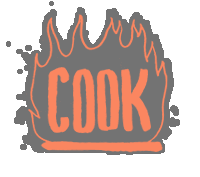
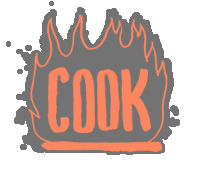

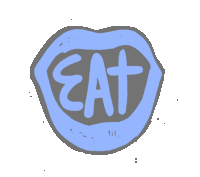



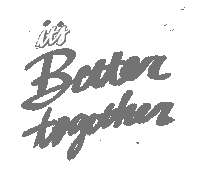
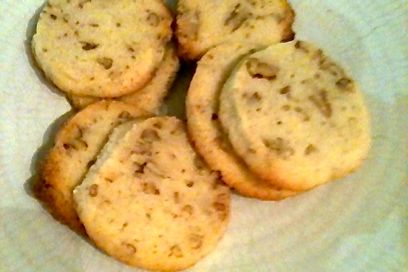
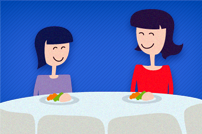


(0) Comments